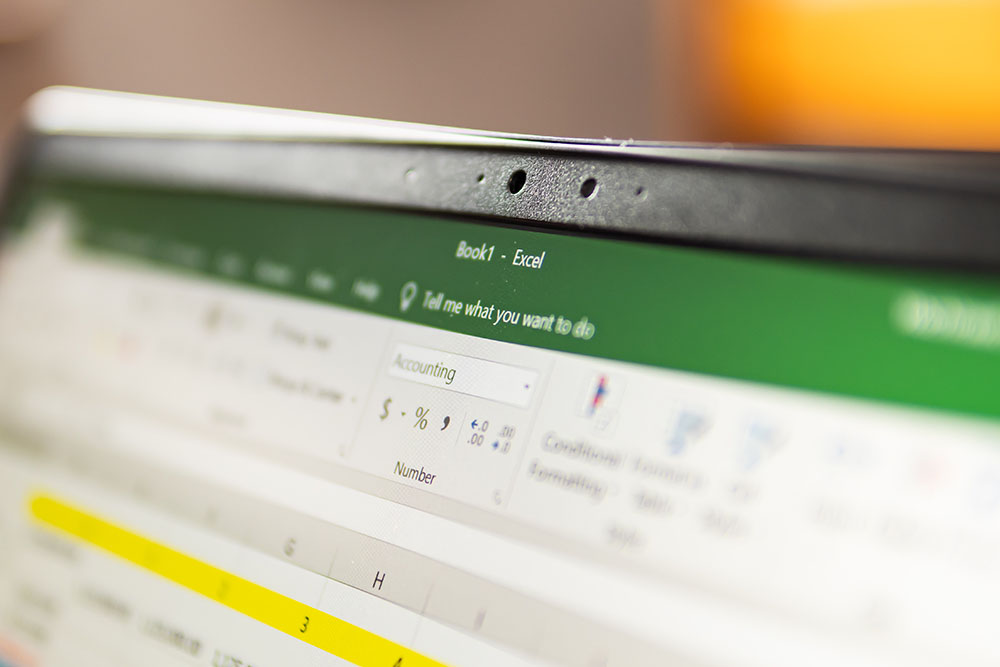Marketing and IT. An unlikely pairing? Maybe to some, but those within either discipline will be aware that they share several similar characteristics. Like marketing, there are key benefits to taking a strategic approach to IT and clear KPIs to track your strategy’s delivery.
In this episode of The Packer’s Tip of the Iceberg podcast I discussed the unexpected similarities between marketing and IT. And yes, a common thread is strategy.
A Strategic Approach
Taking a strategic approach to IT investments delivers results faster, more efficiently, and with fewer errors. Like marketing, IT isn’t a cost. It’s an accelerant and multiplier for future business outcomes when utilized strategically.
Organizations that view IT as an investment in growth can measure success in accounting efficiency, such as Return on Investment (ROI). However, ROI can blind executives to effectiveness outcomes delivered by the investment. In the case of IT, that can include productivity improvements, eliminated production downtime, and data insights that improve profit margins. These can be measured, but there typically is not a straight line to that ROI.
While marketing is perceived as a creative function and IT as technical, in reality, one cannot successfully exist without the other – marketing needs real-time data and insight to plan successful product launches, and solving complex technology challenges requires considerable creativity, not just technical know-how.
IT is also in the business of programming technology to record, store, and disseminate the data marketers, salespeople, business development, production, and operations managers need to do their jobs effectively. When IT resources are limited, so is the real-time data that helps guide our strategic decisions to facilitate growth.
The reality of IT’s function in the workplace versus perception varies greatly. Gone are the days when an in-house desktop support assistant and lone jack-of-all-trades networking guy are adequate to support a growing organization. In modern agriculture, technology is found on the farm, in processing plants, on the road, and in our offices. The scope of knowledge and experience required to manage the complexity of a modern IT environment successfully—not to mention the cyber threat—is nearly impossible to handle in-house.
“Taking a strategic approach is about aligning information technology investments with your corporate strategy and putting a realistic and resourced plan in place so that IT delivers a competitive advantage for the organization.”
A simple shift in perspective can empower an organization with a competitive advantage. But if it’s so simple, why do many struggle to recognize that advantage?
IT Needs a Seat at the Table
Melinda questioned whether IT gets what is an essential seat at the strategic table? She said during our conversation, “I don’t even know if there are IT guys that have a seat at that table, like looking at desired business outcomes and proactively factoring IT strategy into that. How often do they get to sit with the C-suite and talk about how you use tech to grow?”
In reality, C-Suite leaders hire talent in all business areas to deliver unique expertise: mechanical, engineering, marketing, sales, agronomy, and more – why not IT? IT delivers business outcomes, and business outcomes require technology.
Regarding cybersecurity today, marketing also recognizes the constant threats, risk mitigation, and data recovery expertise needed from IT to protect the business. Companies large and small are at equal risk of attack, and it’s vital to have a team of IT experts defending your network from constantly changing threats and prepared to recover all data quickly with minimal business interruption.
The worst-case scenario isn’t just being offline for a few hours; it’s being offline for days and having product losses, monetary losses, and even customer losses to competitors.
One of my colleagues, Karl Braun, often says, “Hackers don’t target you, they find you.” I discussed this with Melinda, pointing out that most hackers don’t target based on company size or worth. They scan networks with automated tools looking for any vulnerability, and there can be a lot in a farming operation.
Invest in the Future, Not the Past
A common historical approach to managing IT investments is what we call break-fix. Things break, you fix them. Unfortunately, it’s not a proactive methodology, which is a dangerous proposition with growing cyber threats. This method of managing a company’s information technology does not invest in the future state of your business or even create a plan to maintain equipment properly.
Melinda commented during our conversation, “Imagine handling farm equipment such as tractors and sorting lines in the same manner with a zero-maintenance plan.” Most business owners know that investing in regular maintenance, updates, and upgrades to equipment helps keep things running smoothly and prevents costly downtime or expensive and preventable repairs. Ag operations equipment should include information technology too. The break-fix method is the equivalent of investing in the past, and as I noted on the podcast, “it’s smarter to invest in the future than the past.”
Listen to the Podcast
For more insights and commentary, listen to the entire conversation on the Tip of the Iceberg podcast The Packer published here.
We launched an informative and entertaining series talking all things ag tech, from new tech applied to organic fruit to cybersecurity, AI, robotics, and everything in between. A respected thought leader in the industry will join us each episode to share their knowledge and experiences with all of us. Join us as we uncover how technology is reshaping agriculture.



